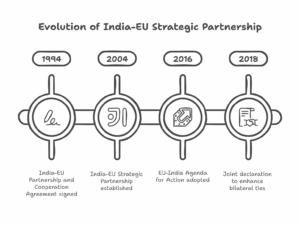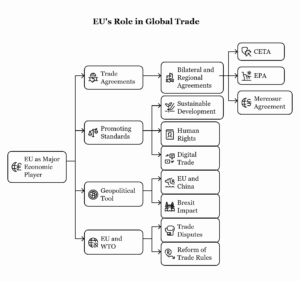Large dams and river valley projects in India have long sparked controversy due to displacement of people, ecological destruction, and cost-benefit imbalances. NGOs have played a pivotal role in mobilizing public opinion, advocating for rights, and promoting sustainable alternatives.
Key Contributions of NGOs:
- Raising Awareness: NGOs educate affected communities about the implications of large dams, legal rights, and rehabilitation processes.
- Legal Advocacy: NGOs often challenge dam projects in courts, citing environmental and human rights violations. Public Interest Litigations (PILs) have been crucial tools.
- Mobilizing Communities: NGOs organize grassroots protests, rallies, and hunger strikes to highlight issues and pressure governments.
- Policy Engagement: Many NGOs work with expert committees and contribute to the drafting of environment impact guidelines and displacement policies.
- Alternative Development Models: NGOs promote community-based irrigation systems, small dams, and water harvesting as ecologically sound alternatives.
Example: Narmada Bachao Andolan (NBA)
- Led by Medha Patkar, NBA is a movement against the construction of large dams on the Narmada River, especially the Sardar Sarovar Dam.
- The movement emphasized rehabilitation and resettlement of displaced people, environmental concerns, and questioned the developmental rationale of mega-dams.
- The NBA brought international attention, leading to funding cuts from institutions like the World Bank.
Other Examples:
- Save Tehri Movement: Raised concerns about seismic vulnerability of Tehri Dam.
- Save the Western Ghats Movement: Critiqued large-scale river diversion projects.
These NGOs have reshaped the national conversation on dam construction by integrating human rights, ecological sustainability, and decentralized water management into the discourse.







Leave a Reply